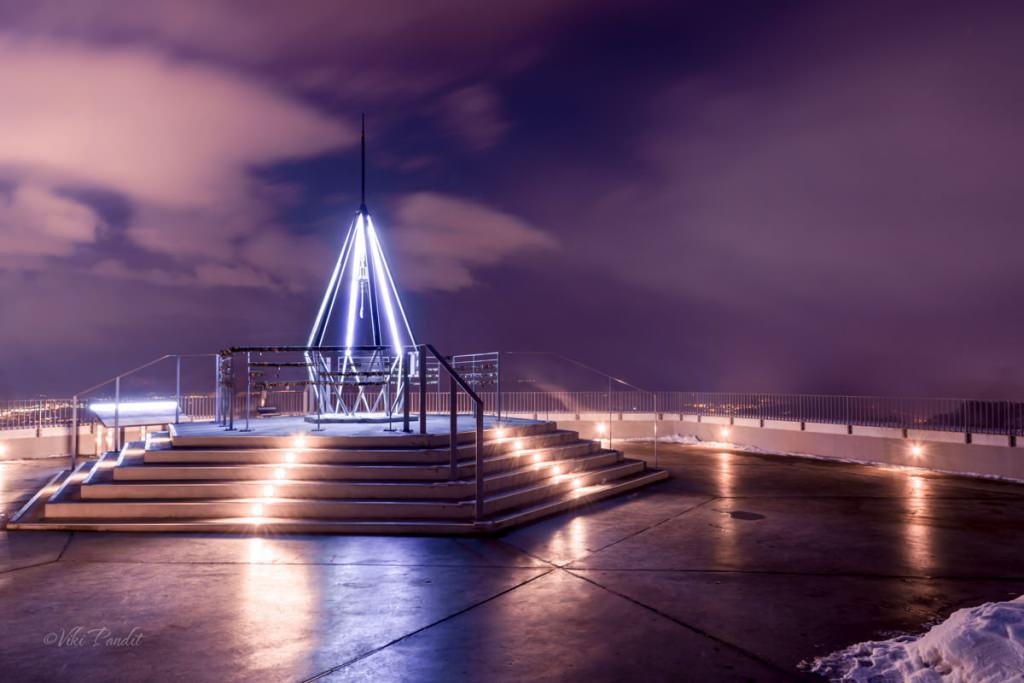Today we took a bus to the Kagoshima pier to witness the mighty Sakurajima. Sakurajima is one of Japan’s most active volcanoes and the symbol of Kagoshima. Approximately 10 billion tons of lava has flowed out over the years. Its frequent lava flows have resulted in the former island to be connected with the Osumi Peninsula.
Mountains

Lovers Sanctuary on Mount Moiwa
Its my last night in Hokkaido. We take the Ropeway to the observation deck on Mt. Moiwa. It is thrilling, witnessing the spectacular panorama of the streets of Sapporo and the Ishikari Bay, twinkling like countless diamonds floating on a dark sea. I so love Hokkaido!!

Mullayanagiri Trek and Ridge Walk
In my search for peace in the wilderness, I head out on a trek to Mullayanagiri, the highest peak in Karnataka. With the Bhadra Wildlife Sanctuary only a few kilometers away, the area is rich in exotic birds and varied in wildlife.

A Winters Tale II – Pelling
Follow my journey to Pelling, as we search the ruins of the Rabdentse, once upon a time, the seat of Sikkim’s monarchs. The stunning Kanchenjunga, the beautiful landscape and the rich heritage make Pelling a paradise on Earth.
